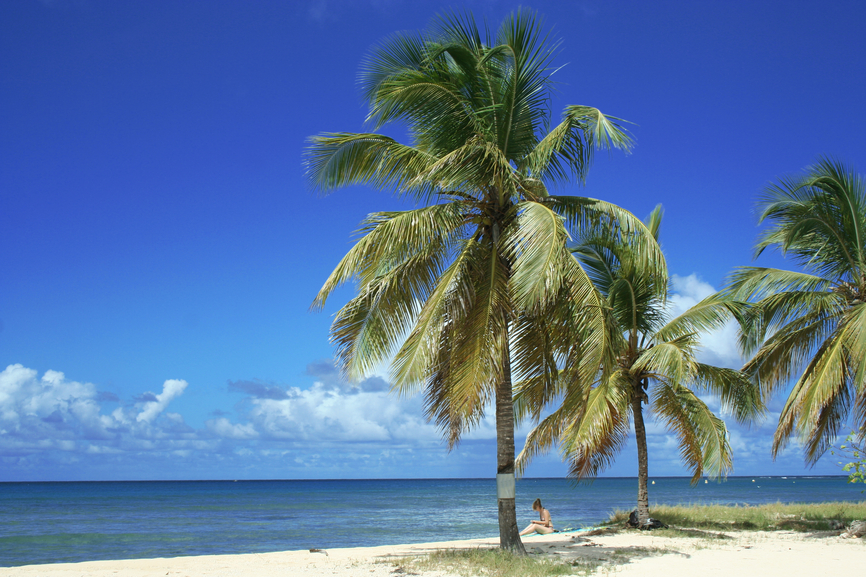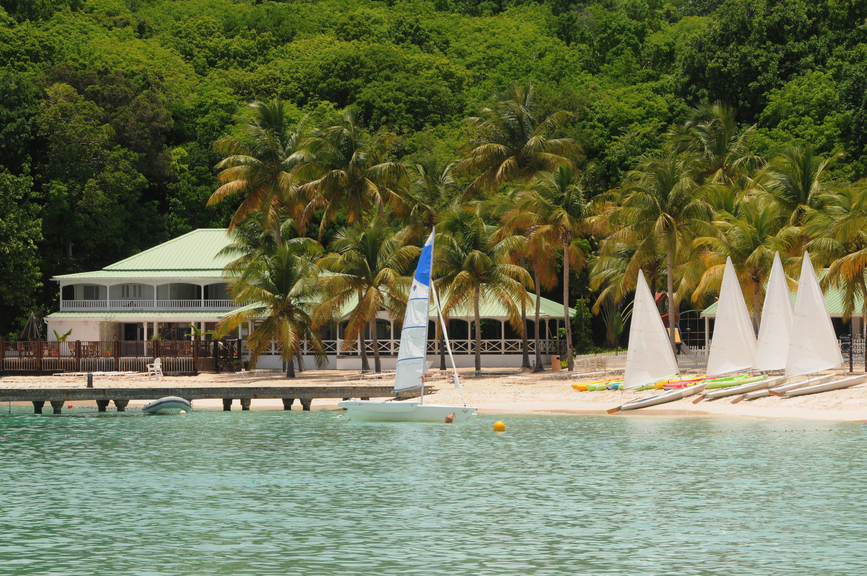Jeff, VA3QSL will be active as FG/VA3QSL from Guadeloupe Island, IOTA NA-102, 9 - 26 January 2025.
He will operate on HF bands.
Recent DX Spots FG/VA3QSL
QSL via home call.
Guadeloupe Island
History
The Guadeloupe Island is popularly identified in the French language as Isla Guadeloupe meaning that it is a volcanic island with lots of interesting features and inhabitants. It is therefore located in Mexico in the west Coast of Baja California State. It is presently in the Pacific Ocean making it one of the most interesting areas to explore in one’s life. The island is inhabited by very few humans who are generally fishermen.
Geographically
The island is made of shield volcanoes that are very ancient and overlapping. The landscape is also rugged where by the northern shield is believed to be the youngest by the highest compared to the southern shield. It is spacious enough and features several volcanic mountain ridges that are not only high but are also the most attractive attraction sites. The mountain ridges are high enough in that they are approximately 1298 meters high. These are found on the northern shield while the southern shield having approximately 975 meters high mountain ridges. The popular mountains that are located in these two locations are Mount Augusta that is on the Northern part while the EL Picacho Mountain that is subsequently on the Southern part of the island.
Moreover, the northern part of the island is far much different from the northern part yet it is the youngest. The northern part is composed of trees that are attractive and valleys that are healthy in their own manner while the southern part of the island is plainly addressed as the virgin and the barren who can rarely bare any fruits.
There are other features that also uniquely define the island. There are two prominent islets that are separated by the Tuna Alley gap. The two islets are therefore located on the south western part of the island. The inner islet is referred to as the Isolete Adentro also commonly addressed as El Toro. It bordered by two other islets that are quite small and they include the Church Rock and the Roca Del Skip. The outer Islet on the other hand is referred to as the Isolete Afuera or the Islote Zapato and it is characterized by walls that are steep, vertical walls that are found both above and below the water. The most amazing fact is that these two islets are only three kilometers apart.
The Island also has other multiple islets that are rather smaller and closer to each other and they are located on the south eastern part of the island. They include:
- The Hundida Islet
- The Negro islet
- The Bernal islet
There are also other islets that are located on the northern and the western side of the island. Most of them are yet to be named but the popular ones include the:
- The steamboat rock
- The Roca Elefante
These islets exist simply because of the geological structure of the island. The fact that Guadeloupe is made of the oceanic shield volcanoes makes it a perfect breeding ground for the islets. In addition, they formed in the mid oceanic ridge and all the volcanic rocks that are presently located in the island are trachyte and olivine basalt. This is an additional reason why there are multiple islets that are located both below and above the waters.

The climate
In order to get to understand why certain inhabitants are specifically located in this area, it is important to have an understanding of the type of climate that is experienced throughout the year. The island has two major climate zones.
There is the arid temperate climate that is usually adverse and is found at elevations of 800 meters. When this is the case the temperatures are relatively high over twenty two degrees when it is very hot. The second climate zone is the very arid semi hot climate that is characterized by minimal annual temperature on a higher side of twenty two degrees at an elevation of between 0-800 meters. Of course the region experiences rainy seasons that are usually high on the northern part as compared to the southern part of the island. The precipitation pattern is always on point and mostly occurs during the winter. I can tell the weather pattern of the island d is quite consistent because of the few humans who cause minimal damage to the weather and climate cycle.
The region also experiences strong cyclones and the north western winds that blow across it as a result of being located near the Pacific Ocean. Generally the weather conditions presently in this location are the most perfect for unique and distinctive inhabitants. So what are the unique inhabitants that are found in this famous Guadeloupe Island?

Habitats
Let’s start by looking at the habitats that are considered extinct. The Guadeloupe Taxa plants became extinct the moment the island goats appeared. Due to the introduction of cats and adverse weather conditions there were also certain bird species that became extinct. The six types that underwent this unfortunate crisis include:
- The Guadeloupe caracara
- The Guadeloupe spotted towhee
- The Guadeloupe Bewicks wren
- The Guadalupe storm petrol
- The Guadeloupe ruby crowned kinglet
- The Guadeloupe flicker

Fair enough there are other habitats that are still alive and make the region one of the best to visit when the conditions are rather favorable. The common animals that perfectly fit and adjust to the weather conditions and the climate of the region include the:
- The fur seal
- The Rock Wren
- The endemic spiders
- The Guadeloupe spiders
- The Junco
- The House Finch
There are also radiant plants that make the region more attractive. Moreover the plants are believed to exist normally with the harsh and the fair weather conditions. There were basically eight types that existed before invasion of the goats:
- Succulent perennial herbs
- Maritime shrub land
- The palm grooves
- The Guadeloupe cypress
- The pine cloud forest
- The Guadeloupe palm
- The floral of the coastal lowlands
- The flowers of the rocky cliffs
To top the plants off there is the popular great white shark of the Guadeloupe Island.

